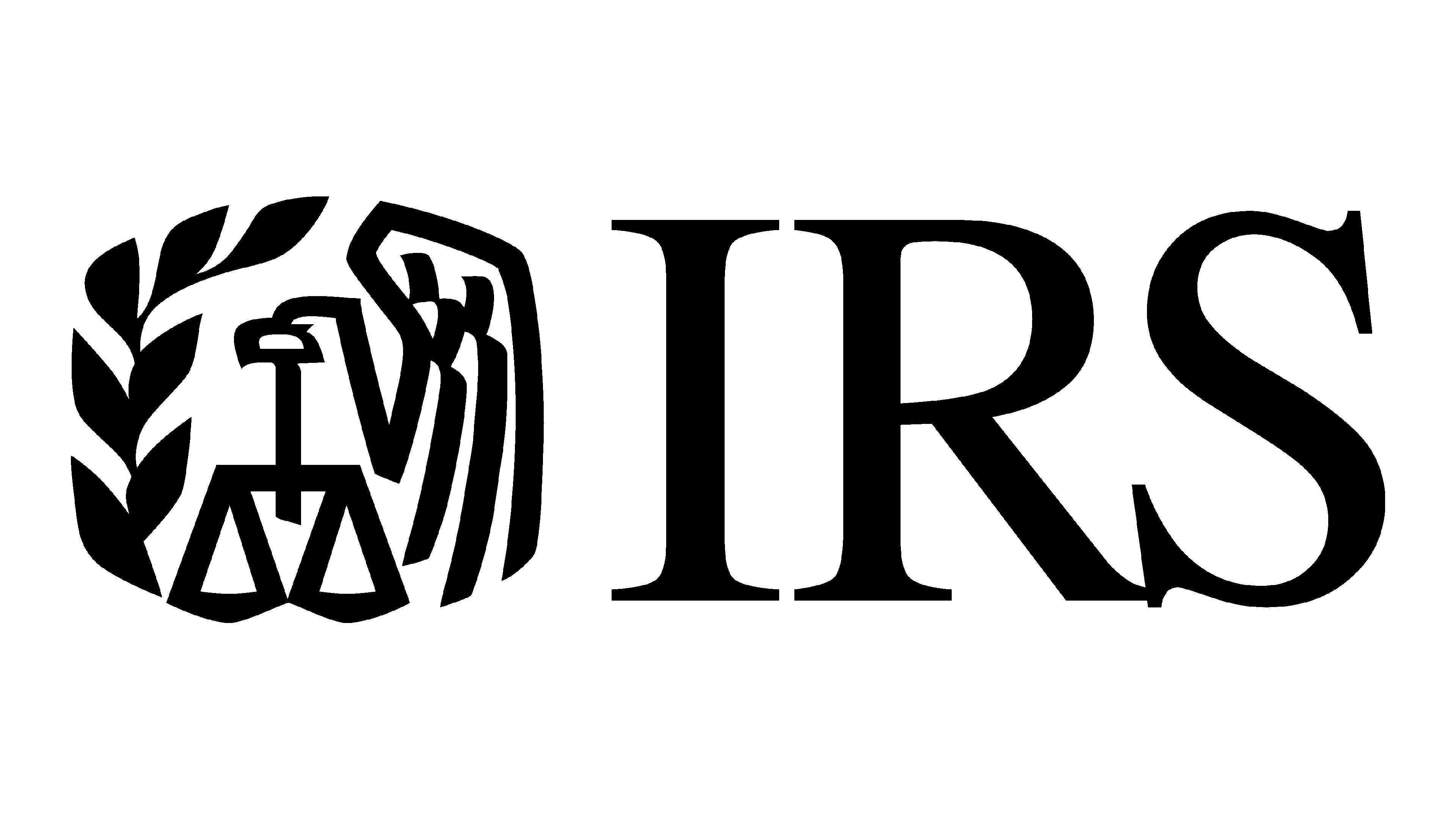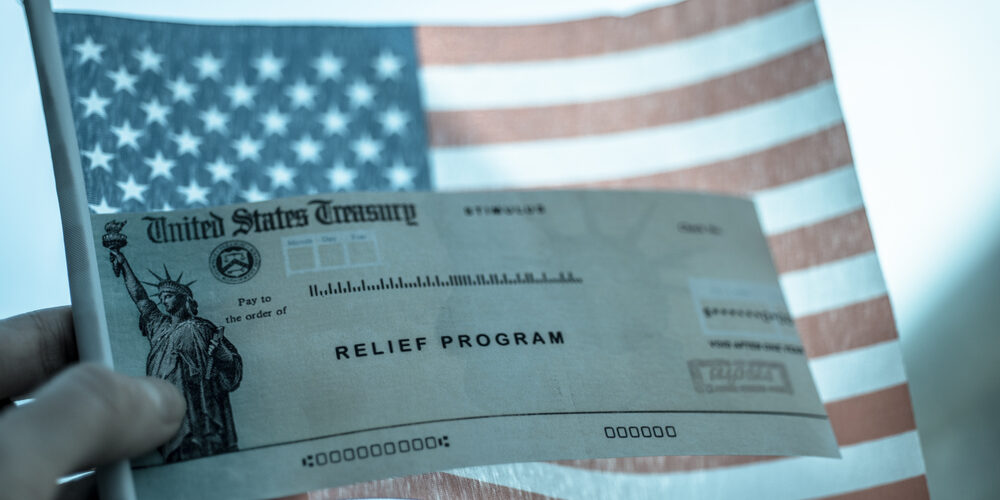Outline:
- Section 8
- SNAP
- Medicaid
- TANF
Section 8
We begin our list of government programs with one of the most sought-after relief benefits around: Section 8 housing assistance. Why? Because housing is essential for survival, and for many, rent is their biggest monthly expense.

2023
Tax Forgiveness
We know how challenging it can be to pay off your tax debt.
The IRS just announced the 2023 Fresh Start Program, to qualify more people for tax relief!
Section 8 (aka the Housing Choice Voucher Program) is a federal government aid program that provides low-income families, elderly individuals, and people with disabilities with rental assistance. The program provides a voucher that covers a portion of the rent for an eligible family or individual, with the remaining portion of the rent paid by the tenant. The voucher amount is based on the family’s income, family size, and the area’s rental rates.
Section 8 vouchers can be used for rental housing in the private market, including apartments, townhouses, and single-family homes. Landlords who participate in the government aid program must meet certain requirements and agree to accept the voucher as payment for rent.
The Section 8 program is administered by the U.S. Department of Housing and Urban Development (HUD) and is one of the largest federal housing programs in the country.
If you are not entirely convinced that Section 8 is the government aid that you need, here is a breakdown of the program’s primary benefits:
- Affordable housing – Section 8 provides rental assistance to eligible low-income families, seniors, and individuals, making housing more affordable and accessible.
- Choice of housing – Section 8 participants can choose their own rental housing, including apartments, townhouses, and single-family homes, as long as the housing meets certain safety and health standards and the rent is within the program’s limits.
- Stability – Section 8 relief benefits provide stability for low-income households since the program ensures that participants pay only a portion of their income towards rent and utilities. This helps families and individuals avoid eviction and homelessness due to unaffordable housing costs.
- Support services – Some Section 8 government relief programs offer support services to participants, such as job training and educational opportunities, financial literacy classes, and case management services.
- Mobility – Section 8 allows participants to move to a different rental property as long as they meet the program’s requirements and the new housing meets its standards. This can provide increased flexibility and opportunities for families and individuals to improve their housing situation.
To apply for Section 8 housing assistance, follow these general steps:
- Find your local Public Housing Agency (PHA) – The PHA is the agency that administers the Section 8 program in your area.
- Submit an application – Once you have found your local PHA, you will need to submit an application for Section 8 housing assistance. The application may be available online or in person at the PHA office.
- Provide necessary documentation – You will need to provide documentation to support your eligibility for Section 8 housing assistance. This may include proof of income, identification documents, and other relevant information.
- Attend an interview – After submitting your application and documentation, you will be scheduled for an interview with a housing specialist. The interview may be conducted in person or over the phone.
- Wait for notification – After completing the application process, wait for notification from the PHA regarding your eligibility for Section 8 relief benefits. If you are eligible, you will be placed on a waiting list until a voucher becomes available.
SNAP
We could have easily put this at the top of our list of government programs because while the housing relief benefits provided by Section 8 are essential for survival, those offered by SNAP are even more important. Why? Because your family needs food to flourish, which is precisely what government aid from SNAP offers.
SNAP stands for the Supplemental Nutrition Assistance Program, which is a federal government aid program that provides nutrition assistance to low-income individuals and families. Formerly known as food stamps, SNAP provides eligible households with an electronic benefits card (EBT) that can be used to purchase food at eligible retailers, including grocery stores and farmers’ markets.
SNAP is the largest program in the U.S. domestic hunger safety net, providing relief benefits to millions of individuals and families who struggle to afford adequate food. The program is administered by the U.S. Department of Agriculture (USDA) and is available to eligible individuals and families regardless of age, disability, or employment status.
The amount of relief benefits provided to each household depends on factors such as income, family size, and expenses, such as housing and medical costs. The benefits are intended to supplement a household’s food budget, allowing them to purchase nutritious food and maintain a healthy diet.
The primary benefits of SNAP are as follows:
- Improved nutrition – SNAP provides eligible low-income households relief benefits to purchase food at participating retailers, which can help ensure that families and individuals have access to nutritious and healthy food.
- Reduced food insecurity – SNAP can help reduce food insecurity among low-income households.
- Increased financial stability – SNAP benefits can help low-income households stretch their food budgets, freeing up more money for other necessities like housing, healthcare, and transportation.
- Emergency assistance – SNAP can provide emergency assistance to eligible households facing a sudden loss of income or other crisis that impacts their ability to buy food.
To apply for government aid from SNAP, you can follow these general steps:
- Check your eligibility – Before applying for SNAP, you may want to use the pre-screening tool on the USDA’s website to check if you are eligible for the program.
- Gather documentation – You must provide documentation to support your eligibility for SNAP relief benefits. This may include proof of income, identification documents, and proof of expenses such as rent or utility bills.
- Submit an application – You can apply for SNAP online through your state’s SNAP website or by visiting your local SNAP office. Some states also allow you to apply by phone or mail. You may be able to complete the application process in one visit, but it may take multiple visits or interviews to complete the process.
- Attend an interview – After submitting your application, you may be scheduled for an interview with a SNAP representative. The interview may be conducted in person, by phone, or online and will help determine your eligibility for the program.
- Wait for notification – After completing the application process and attending an interview, wait for notification from the SNAP office regarding your eligibility for relief benefits. If you are eligible, you will receive an EBT card that can be used to purchase food at participating retailers.
Medicaid
Medicaid makes our list of government programs because it can provide the care you need to keep your family healthy.
Medicaid is a government-run health insurance program that provides medical assistance to individuals and families with low incomes and limited resources. It is jointly funded by the federal and state governments and is administered by each state with guidance from the federal government.
Medicaid covers a wide range of medical services, including doctor visits, hospital stays, prescription drugs, laboratory services, and preventive care. In addition, it covers long-term care for seniors and individuals with disabilities. Medicaid also covers some services that may not be covered by private health insurance, such as transportation to medical appointments and home health care services, plus financial protection for individuals and families who might otherwise face high medical bills that they cannot afford.
Some of Medicaid’s primary benefits include:
- Health coverage – Medicaid provides health coverage to eligible low-income individuals and families, which can help improve access to needed medical care, including preventative services, primary care, and specialty care.
- Reduced financial burden – Medicaid can help reduce the financial burden of healthcare costs for low-income individuals and families, including copays, deductibles, and other out-of-pocket expenses.
- Improved health outcomes – Medicaid has been shown to improve health outcomes for its beneficiaries, including better management of chronic conditions, improved access to preventative care, and reduced rates of avoidable hospitalizations.
- Long-term care coverage – Medicaid provides coverage for long-term care services, such as nursing home care, to eligible low-income individuals and families.
- Coordinated care – Medicaid often provides coordinated care services to its beneficiaries, which can help ensure that individuals receive the appropriate level of care and services they need to manage their health conditions effectively.
The process for applying for government aid via Medicaid can vary depending on the state you live in, but there are several ways you can apply:
- Apply online – Many states allow you to apply for Medicaid online through the state’s Medicaid website.
- Apply by phone – You can call your state’s Medicaid office to apply for Medicaid over the phone.
- Apply in person – You can apply for Medicaid in person at your local Department of Health or Human Services office.
- Apply through a health care provider – Some health care providers, such as hospitals or clinics, may be able to help you apply for Medicaid.
When applying for Medicaid relief benefits, you must provide documentation to verify your income, residency, and other eligibility criteria. This may include pay stubs, tax returns, and proof of residency, such as a utility bill. Some states may also require you to provide documentation of your citizenship or immigration status.
It’s important to note that the application process for Medicaid can be complex, and the eligibility rules can vary by state. If you have questions or need help applying for Medicaid, contact your state’s Medicaid office or a local healthcare provider for assistance.
TANF
We round out our list of government programs with TANF, as it can financially help your family in multiple ways.
TANF stands for Temporary Assistance for Needy Families, which is a federal government aid program that provides cash assistance to low-income families with kids. TANF is engineered to help families achieve self-sufficiency by providing financial assistance and work-related services.
TANF provides cash assistance to eligible families to help pay for basic needs such as food, shelter, and clothing. The amount of cash assistance provided varies by state and is based on factors such as family size, income, and expenses.
In addition to cash assistance, TANF programs provide job training, education, and other support services to help families become self-sufficient. TANF programs typically require that recipients participate in work-related activities, such as job training or community service, as a condition of receiving assistance.
The primary benefits of TANF are:
- Financial assistance – TANF provides eligible low-income families with financial assistance to help pay for basic needs such as food, housing, and utilities.
- Workforce development – TANF programs often offer workforce development services, such as job training, education, and employment placement services, to help recipients gain the skills and experience needed to secure long-term employment.
- Childcare assistance – TANF programs may provide childcare assistance to help parents access affordable and quality care while they work or attend training or education programs.
- Support services – TANF government relief programs may offer additional support services, such as case management, counseling, and referrals to other social services, to help families overcome barriers to employment and self-sufficiency.
To apply for TANF relief benefits:
- Check your eligibility – Before applying for TANF, you may want to use the pre-screening tool on your state’s TANF website or contact your local TANF office to determine if you are eligible for the program.
- Gather documentation – You must provide documentation to support your eligibility for TANF relief benefits. This may include proof of income, identification documents, and proof of expenses such as rent or utility bills.
- Submit an application – You can apply for TANF online through your state’s TANF website or by visiting your local TANF office. Some states also allow you to apply by phone or mail. You may be able to complete the application process in one visit, but it may take multiple visits or interviews to complete the process.
- Attend an interview – After submitting your application, you may be scheduled for an interview with a TANF representative.
- Wait for notification – After completing the application process and attending an interview, wait for notification from the TANF office regarding your eligibility for government aid.




